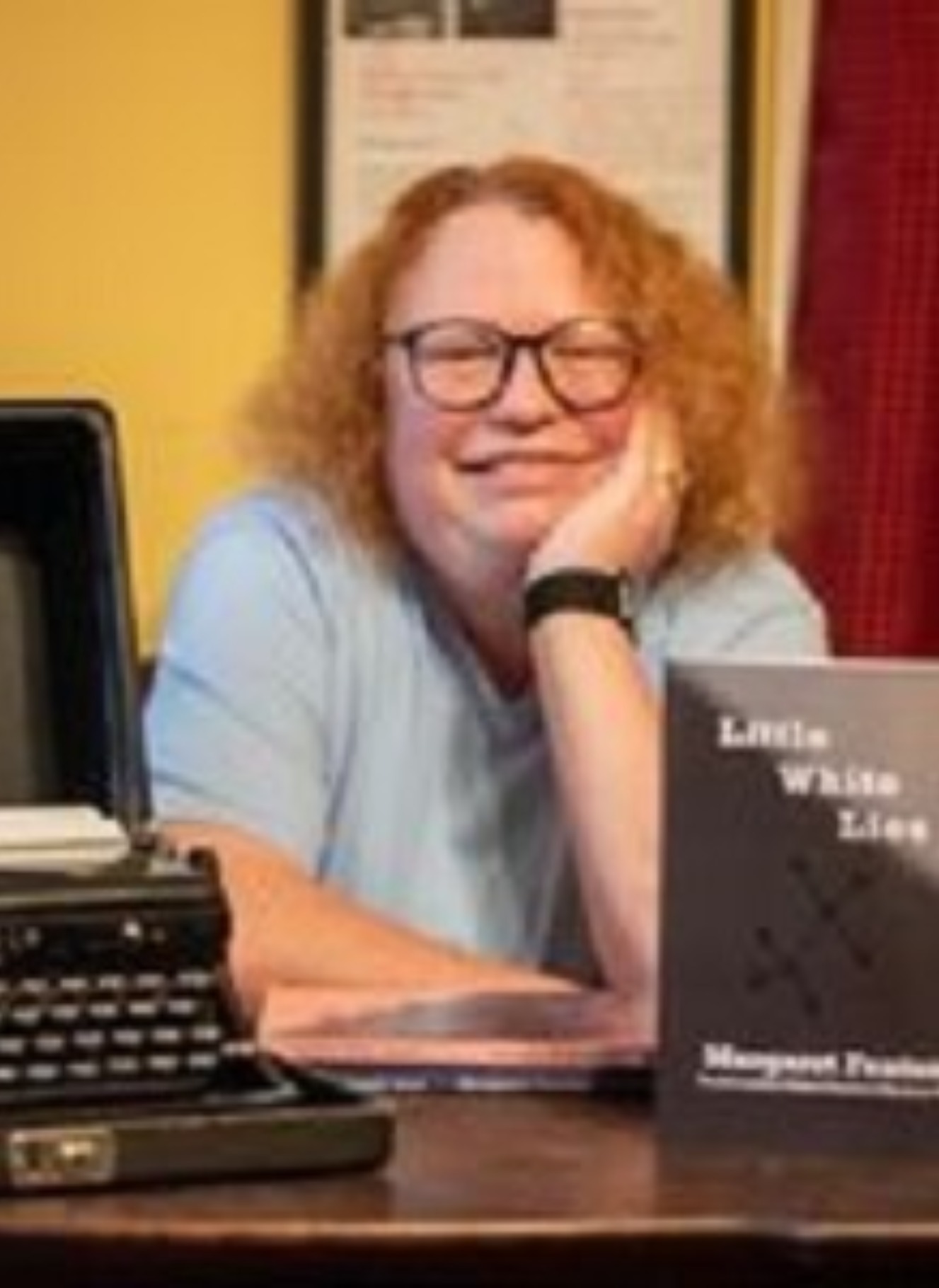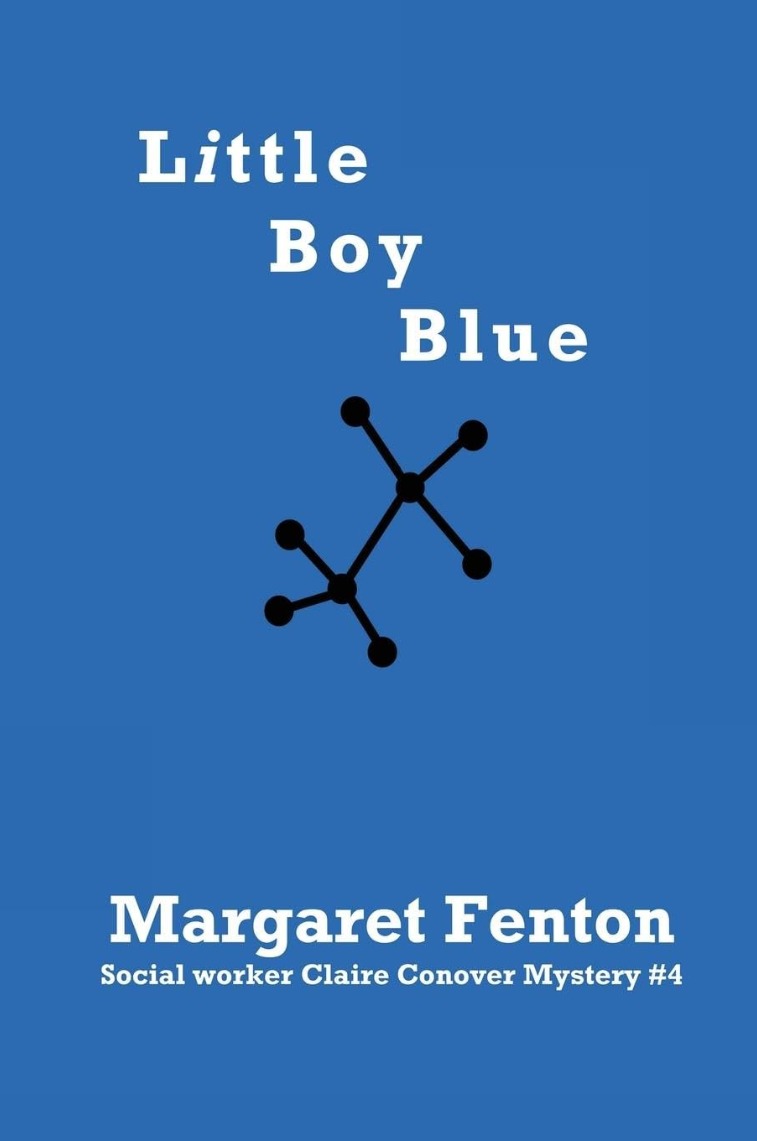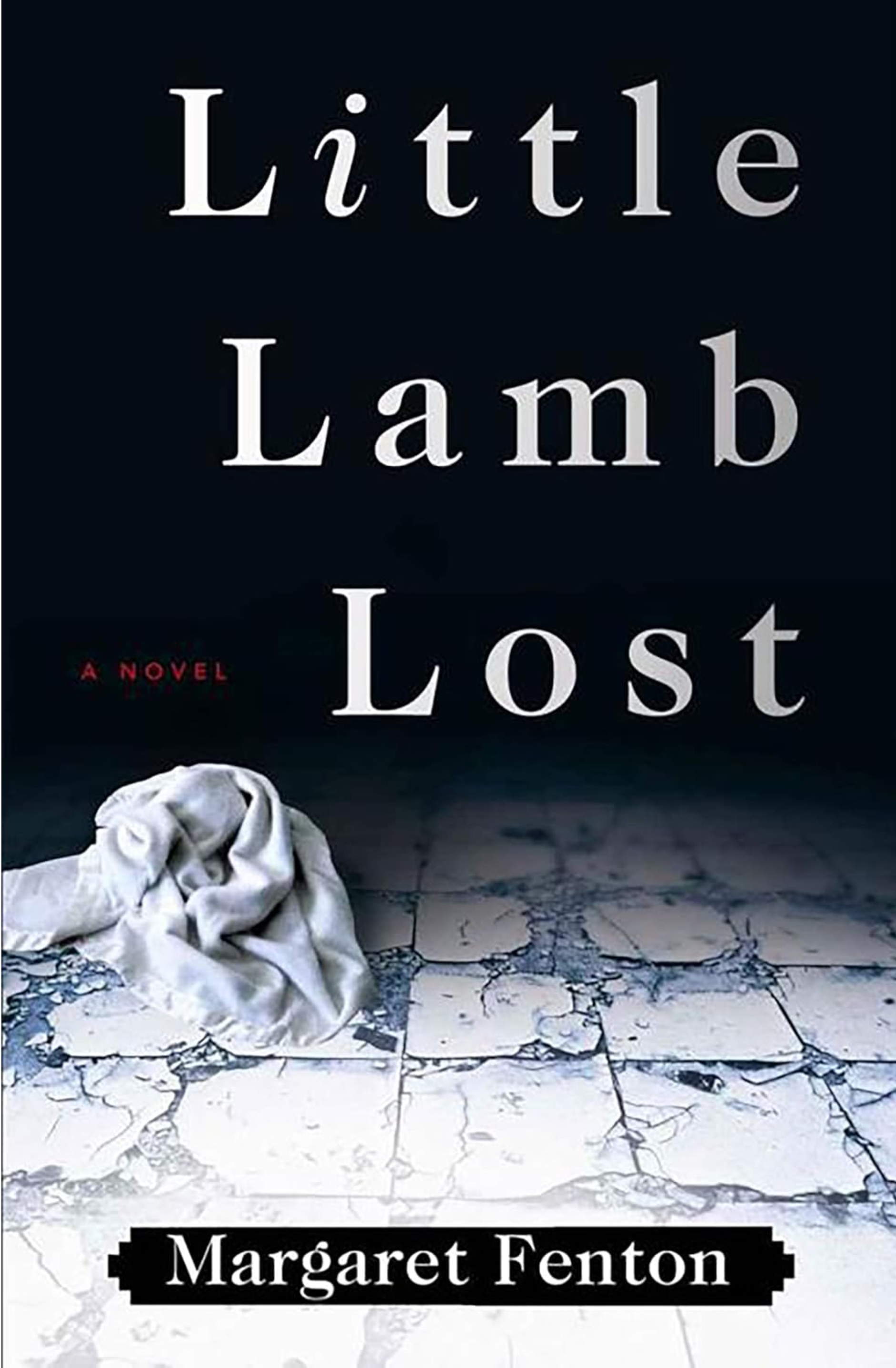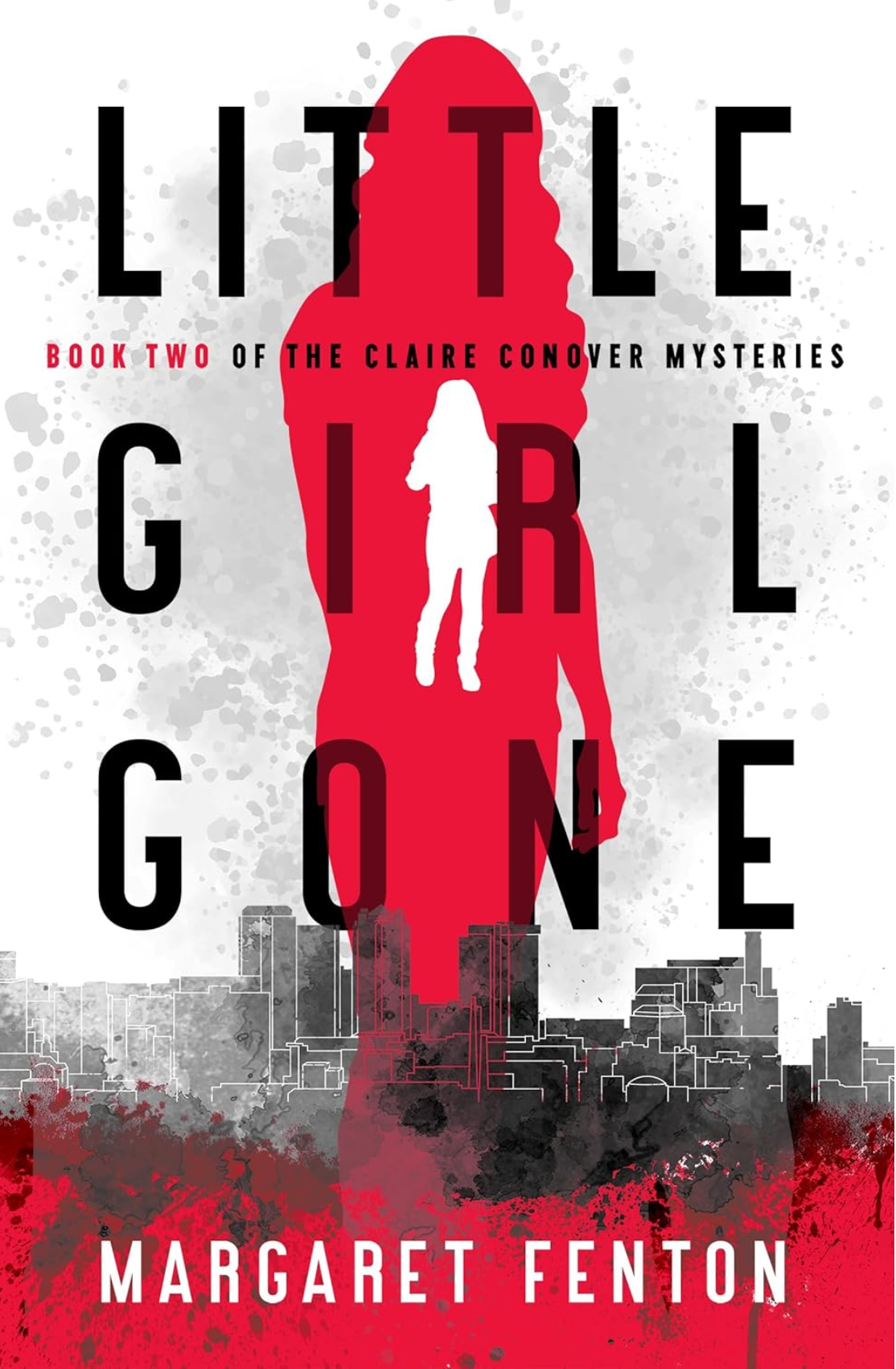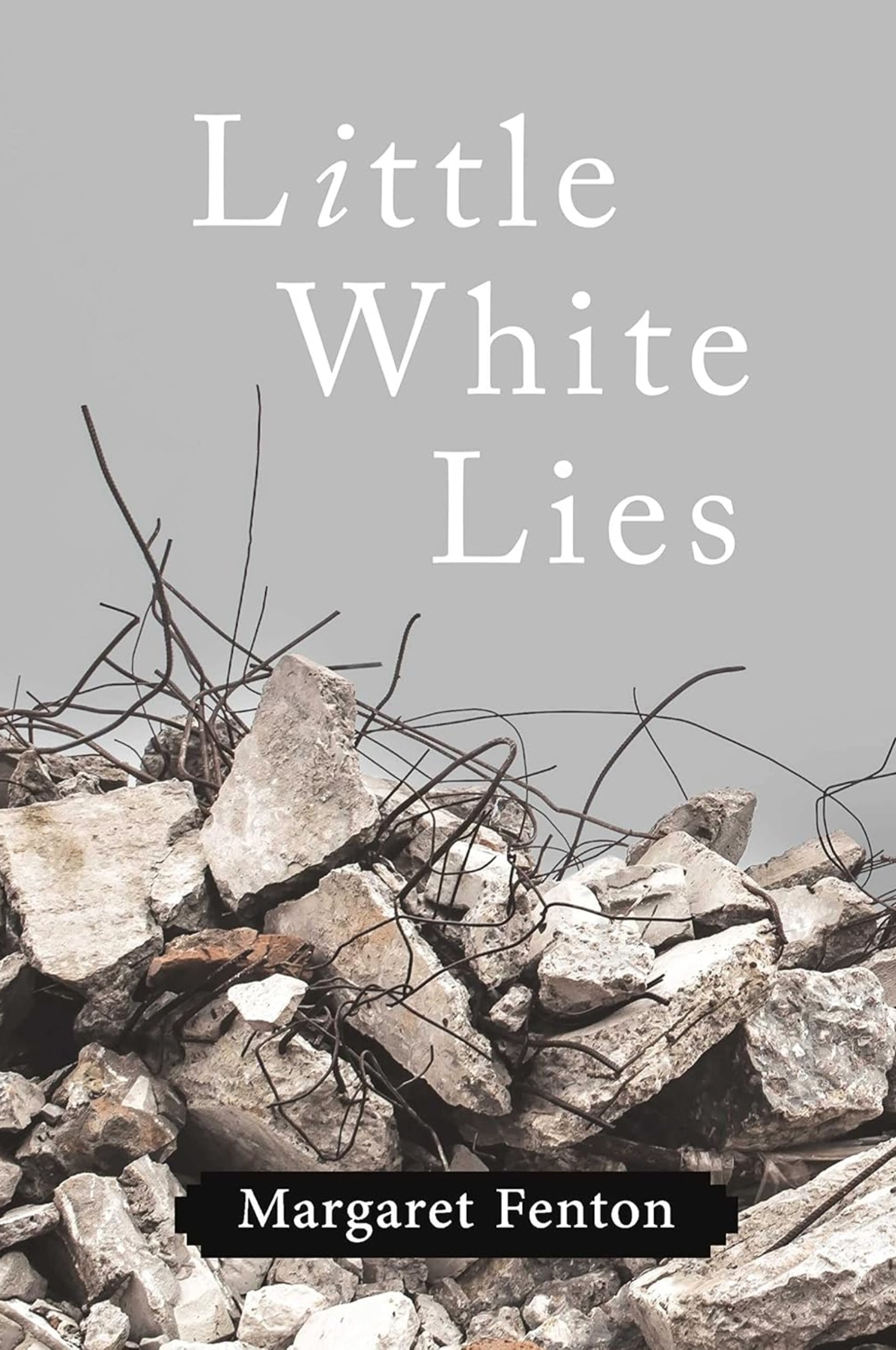As every veteran reader knows, fictional detectives aren’t all police officers or licensed investigators. Instead, they have every known occupation (and a few hitherto unknown). It should come as no surprise social workers can make excellent detectives. Their jobs require interviewing witnesses and unraveling domestic mysteries to determine what’s in the best interests of those under their care. In her newest novel, Little Boy Blue, author Margaret Fenton’s protagonist, Claire Conover, is a child welfare social worker for the county’s Department of Human Services in Birmingham, AL. Besides sorting through the usual claims and counterclaims of abuse and neglect in the book, Claire has to solve the mystery of one complainant’s murder. The characters are sometimes sordid, but the book is a delight for cozy mystery fans.
Little Boy Blue is the fourth in the author’s series of Conover novels, but the first I’ve read. The book is essentially self-contained, so readers who haven’t read the earlier books won’t get confused. The only characters besides Claire that matter from the other books are her 13-year-old black foster daughter, La Reesa (aka Reese), and her ex-boyfriend, Grant Summerville. Claire’s relationship with Grant ended in the previous book
when he caught her with another man, a mistake she now regrets. As this novel begins, Grant returns to her life in the oddest way imaginable. Grant’s ex-employee, Regina Maynard, whom he fired for theft, has filed a complaint against him, alleging he molested her six-year-old son, Dylan.
Claire’s supervisor repeatedly warns her not to get involved in Grant’s case. Regina also shows up in person to threaten Claire. However, such warnings have never deterred an amateur sleuth in the history of detective fiction, and Claire doesn’t stop. Dylan’s testimony seems coached, but before Claire can vindicate Grant, Regina’s body turns up with a bullet in it. Grant is a suspect, of course, but Regina had many enemies, including other employers she’d stolen from and numerous ex-boyfriends, one of whom could be Dylan’s father.
As a mystery, Little Boy Blue is decent but not inspired. Claire learns the murderer’s identity when they try to kill her in the novel’s last few pages. Before that, solving the case is a matter of sheer guesswork for readers. However, the underlying investigation into the abuse allegations against Grant is far more interesting. The author had a decade of experience as a child social worker before turning to writing, and she uses that experience to paint a realistic picture of the investigative process. When the social workers first meet Dylan, they talk to him in a room with paper and coloring pencils, encouraging him to draw. Dylan’s drawings and answers to gentle questions eventually allow the social workers (and, later, the police) to learn what happened to him.
Dylan’s case isn’t the only one that affects Claire. Reese’s mother, Amara, a drug addict with a criminal history, tries to regain custody of Reese. The child wants nothing to do with her mother, but Claire and Reese must follow the legally mandated procedures. Amara’s claims of having reformed appear bogus to Claire and Reese, but the Department must follow the law, including holding a dramatic face-to-face meeting between the parties. Most readers (including me) are probably unfamiliar with these procedures, but the author’s descriptions are fascinating.
Besides the two cases in which Claire is personally involved, she looks into several other domestic matters throughout the novel. Unfortunately, the author devotes little time to these potentially interesting cases, sometimes resolving them in one or two paragraphs. Little Boy Blue is a short, taut novel, but giving readers the advantage of more of the author’s expertise by covering these cases in a short chapter instead of a page would have produced a more enjoyable book and would not have slowed the pace significantly.
I was impressed by the depth of some of the author’s characterizations. Regina, in particular, comes off as more of a victim (in more ways than one) than a villain. The author raises the stakes for Reese’s and Dylan’s futures by showing how Regina went wrong. The author also introduces some sleazy but all-too-believable secondary characters. Sadly, those descriptions seem to have been taken from the author’s experience in similar cases.
While I appreciate tight editing, the author overdoes it in Little Boy Blue. She creates some simplistic but overly convenient characters, most notably Grant. He functions as more of a plot device than an aggrieved former lover. His gradual reconciliation with Claire seems too good to be true at times. Even more convenient is his seemingly bottomless bank account (he is a technical entrepreneur), allowing him to spring for an entire new home security setup for Claire on a moment’s notice. (He then installs it personally without complaint.) Similarly, the various police departments that get involved in the story are exceedingly patient and accepting when dealing with Claire’s 911 calls. (However, as often happens in books like these, they’re exceedingly slow at solving cases unless the solution falls into their laps.)
Overall, I enjoyed Little Boy Blue a great deal. Margaret Fenton has taken the Mark Twain adage: “Write what you know,” and successfully applied it here. The cases and characters seem “ripped from the headlines,” or, more accurately, the author’s files, and make for fascinating reading. Claire is a likable, albeit flawed protagonist with good investigative instincts. The book’s problems could mostly be remedied with better and more expansive editing. Little Boy Blue is a mystery worthy of blowing the author’s horn.
NOTE: The author and publicist graciously provided me with a copy of this book. However, the decision to review the book and the contents of this review are entirely my own.
In this clip, author Margaret Fenton discusses her career in the Off the Shelf Podcast hosted by Sisters in Crime - Atlanta:
Read other reviews of Little Boy Blue:
Margaret Fenton received her B.A. in English from the Newcomb College of Tulane University, and her Master of Social Work from Tulane. After moving to Birmingham, AL, she spent nearly ten years as a child and family therapist before taking a break to focus on her writing. Her work tends to reflect her interest in social causes and mental health, especially where children are concerned. She has written four books in the popular Claire Conover mystery series, whose central character is a Birmingham social worker. Since 2003, Fenton has been the planning coordinator of Murder in the Magic City, a one-day, one-track annual mystery fan conference in Homewood, AL. She is also President of the Birmingham Chapter of Sisters in Crime and a member of the Mystery Writers of America.
Header Photo: "Riot Radio" by Arielle Calderon / Flickr / CC By / Cropped
Silver Screen Video Banner Photos: pedrojperez / Morguefile; wintersixfour / Morguefile
Join Button: "Film Element" by Stockphotosforfree
Twitter Icon: "Twitter Icon" by Freepik
Facebook Icon: "Facebook Icon" by Freepik
LinkedIn Icon: "LinkedIn Icon" by Fathema Khanom / Freepik
Goodreads Icon: "Letter G Icon" by arnikahossain / Freepik
Certain images on this site appear courtesy of Amazon.com and other sponsors of Silver Screen Videos for the purpose of advertising products on those sites. Silver Screen Videos earns commissions from purchases on those sites.
© 2025 Steven R. Silver. All rights reserved.


